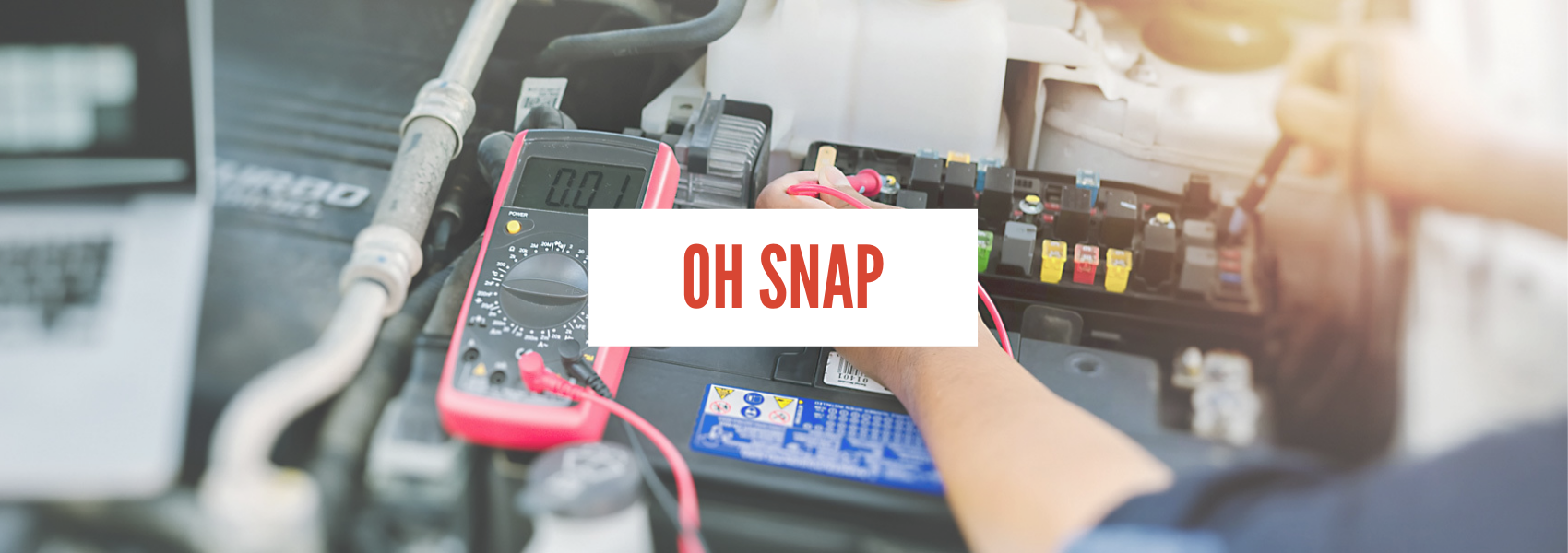Computer Diagnostics

The Different Types of Warning Lights
Not all warning light faults are the same. Some are just to let you know that the door is open, seatbelt is not plugged in or a bulb is blown. Others are more serious they are there to let you know that the fault may be safety, exhaust emission related or can cause serious damage to the car. These faults are can be divided in to several different types. The more important are recorded as a fault code in the relevant ECU and will usually require a Scan Tool to be plugged into the cars diagnostic system. The Scan Tool can then be used to communicate with the relevant ECU and view the fault codes that have been logged.
At On Road Automotive we can scan and diagnose your vehicles electrical faults. We have a range of diagnostic tools and technical data, to determine any faults with your vehicle,
Our computer diagnostic tools are packed with features and have the ability to capture and display faults, ultimately saving you time and money.
There are a few times of faults that can occur:
A hard fault which is something that causes a warning light to stay on permanently. It generally indicates that the fault is occurring constantly and is caused by something physically broken, such as a broken wire, actuator or sensor.
Or there are soft fault which can be caused in 3 ways:
Implausibility Faults:
Caused when then ECU receives information from sensors that cannot possibly be true. For example the car may have two sensors that record vehicle speed. One may say that the car is moving at 50kph while the other recording 80kph. It's unlikely that both are correct so the ECU will turn the warning light on while the fault is occurring and record a fault code.
Induced Faults:
Are caused by something external such as a flat battery. The ECU records that there has been a break in the power supply, turns the warning light on and sets a fault code. These can usually only be reset by a Scan Tool.
Intermittent Faults:
Can be Hard or Soft faults. They can semi-regularly or may be months apart. They can be the difficult to trace unless the fault is occurring while the vehicle is in the workshop.






